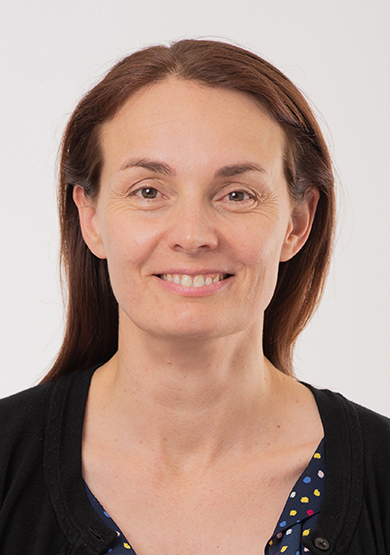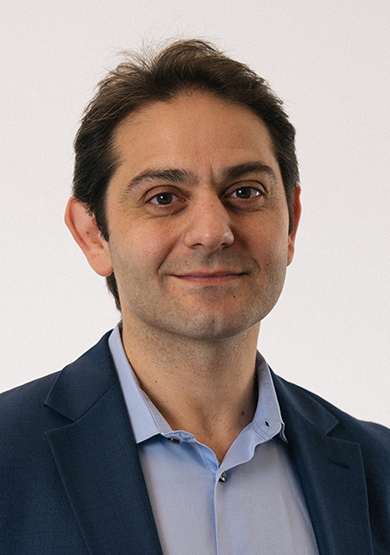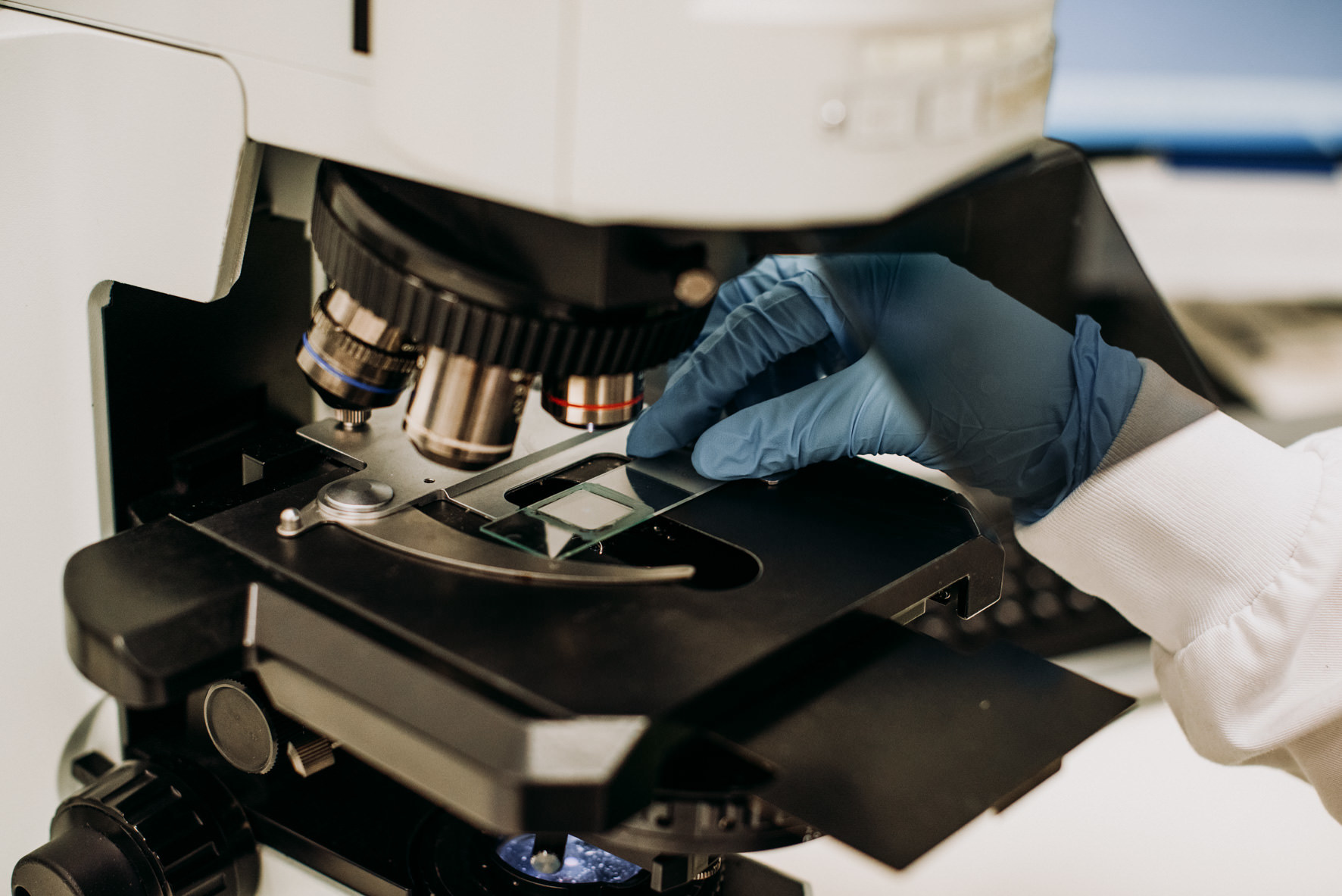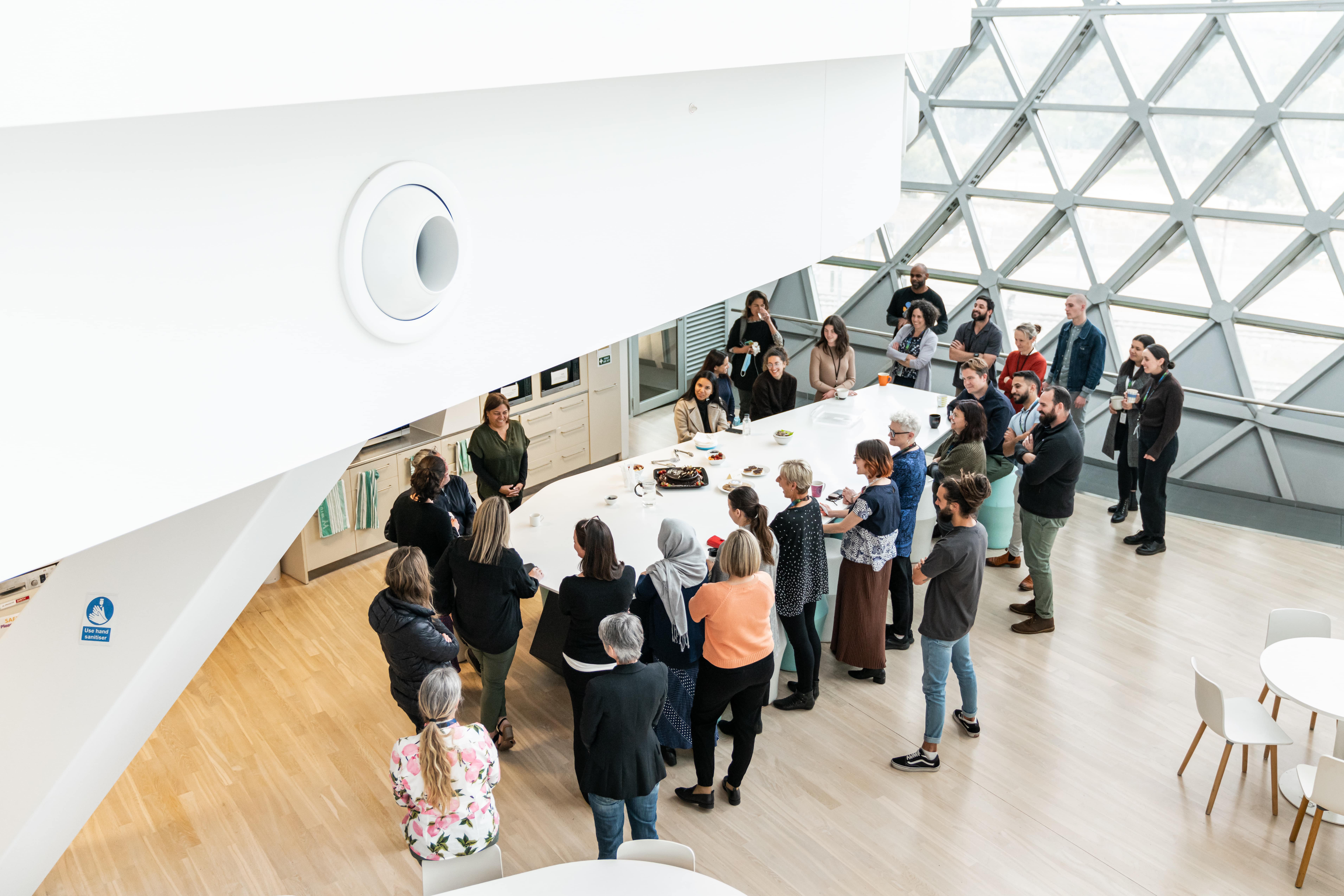The Vascular Research Centre (VRC) studies diseases of the heart and blood vessels. The group has a particular focus on atherosclerosis which is the hardening of arteries caused by build-up of cholesterol plaques.
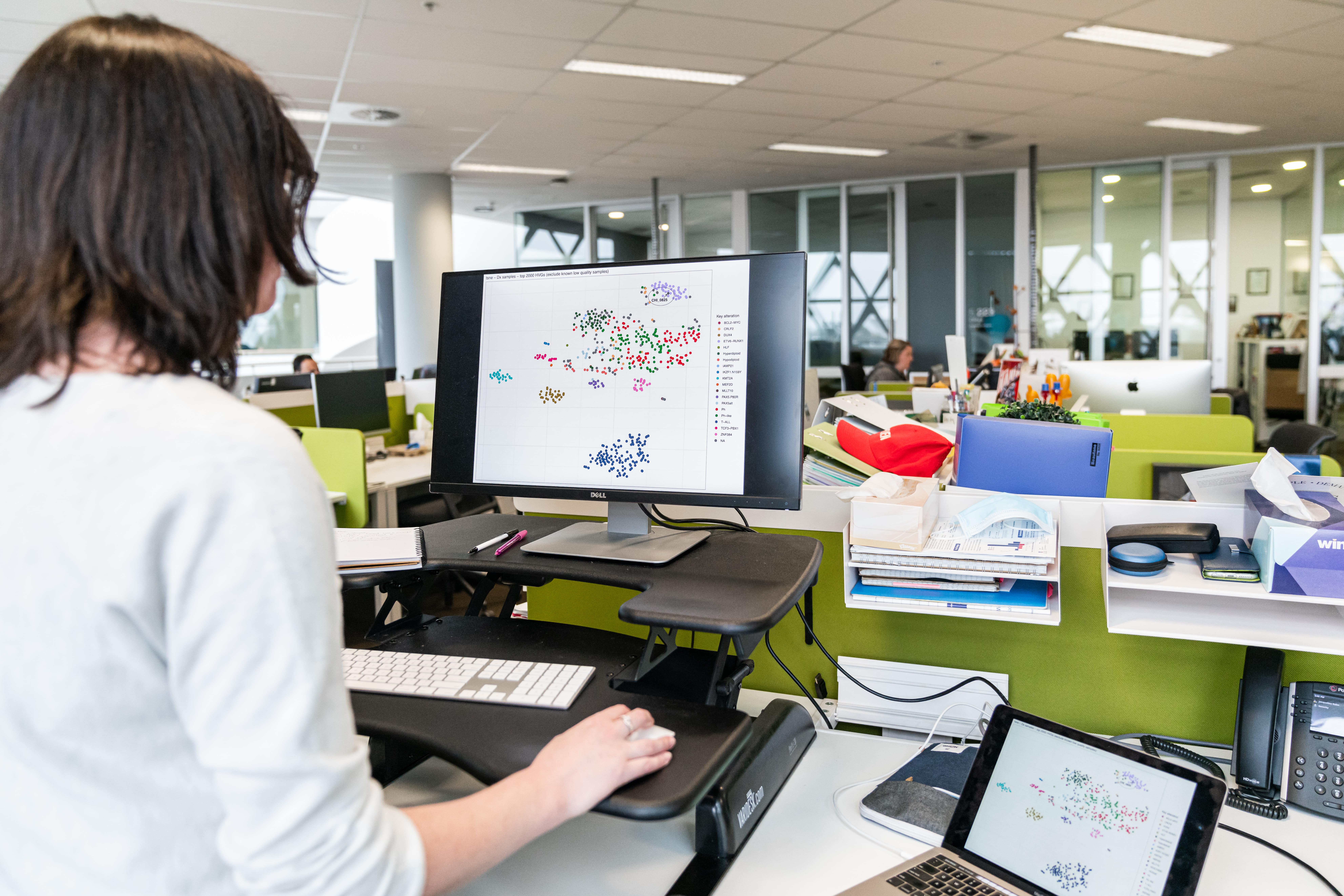
Atherosclerosis ultimately results in heart attack or stroke, which are among the leading causes of death and illness in Australia and around the world. Current treatments for atherosclerosis, while successful, still leave an unacceptably high residual disease burden.
The VRC studies the regulation of macrophages and foam cells in atherosclerosis with the objective of developing therapies that better target plaque inflammation and can be translated to the clinic.
The VRC also looks at strategies to improve new blood vessel formation in people with diabetes. Diabetes impairs new blood vessel growth, slowing wound healing and recovery from heart disease.
VRC projects investigate different causative drivers of atherosclerosis and angiogenesis and better ways of preventing or treating them, particularly related to inflammation and cellular metabolism.
Psaltis Group
Based on compelling preliminary data, this group is investigating the repurposing of the established anti-gout drug, colchicine, to treat coronary artery disease (CAD).
The team is systematically studying the anti-atherosclerotic properties of colchicine and their mechanistic basis in mouse models of atherosclerosis and in patients who present with myocardial infarction.
The group's findings will provide a mechanistic framework to interpret results of ongoing Phase III studies of colchicine’s use in CAD and will have major implications for deciding whether it should be used routinely in real-world clinical practice.
In addition, in collaboration with Professor Christopher Proud, the team has identified that eukaryotic elongation factor 2 kinase (eEF2K), a unique molecule that can be readily targeted by drug inhibitors, promotes macrophage transformation into foam cells by regulating expression of the cholesterol uptake CD36 scavenger receptor.
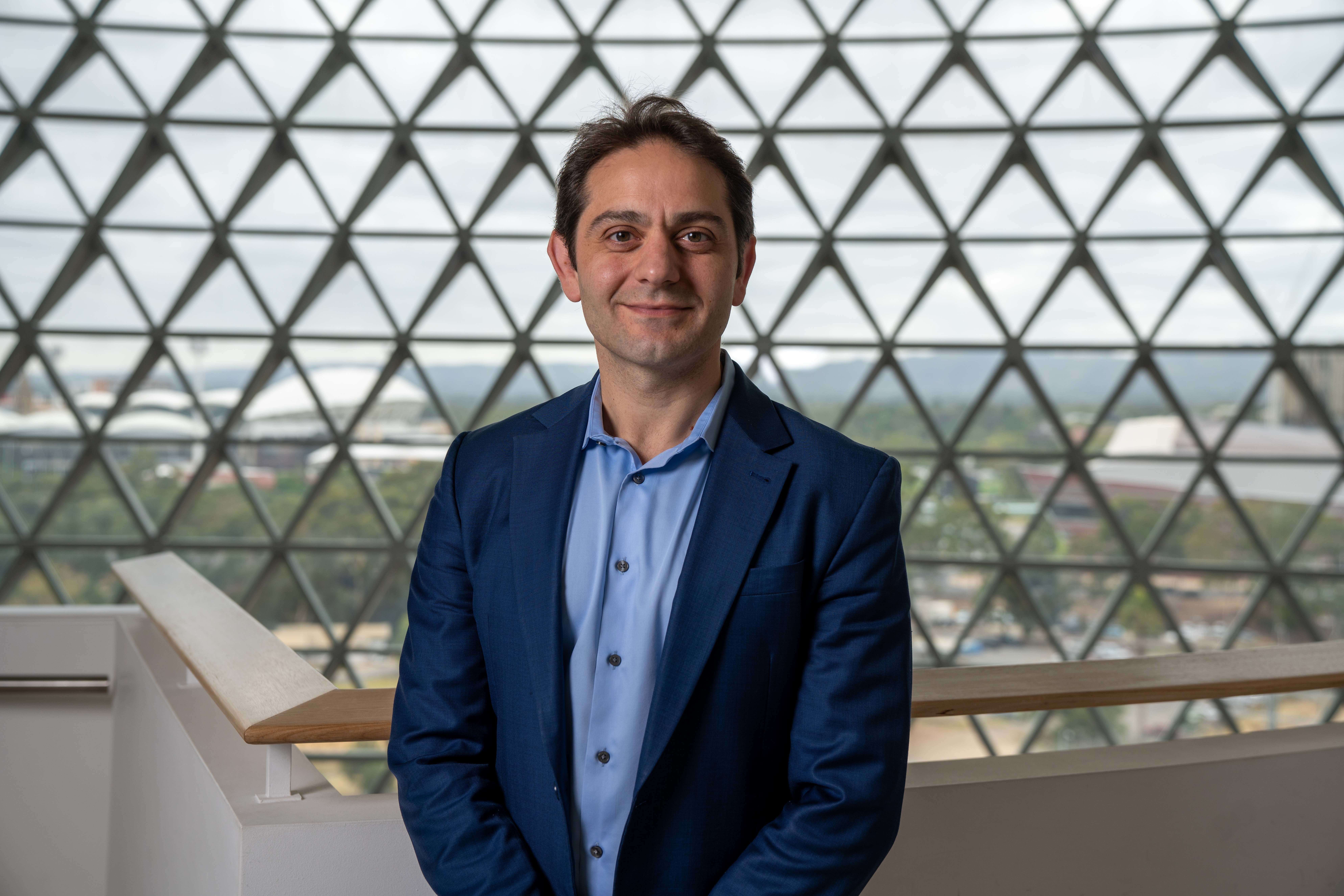
Using eEF2K knockout mice, specific and potent small molecule inhibitors and other relevant reagents, the group is studying eEF2K’s role in atherosclerotic plaque formation in mice and humans. Results will provide new insights into the validity of eEF2K as a therapeutic target in atherosclerosis, with potential for clinical translation.
Inflammation and neovascularisation are intertwined in diseases like atherosclerosis and myocardial infarction (MI). Macrophages accumulate at sites of neovascularisation and provide paracrine and anastomotic support of endothelial cells that line new blood vessels. Although it is unclear how macrophage-endothelial cell interactions are so finely tuned, recent data suggest a shared embryologic origin from progenitor cells in yolk sac (YS). It is currently thought that these YS progenitors seed mature macrophages and endothelial cells in different tissues before birth and these are then maintained postnatally by local self-renewal in their differentiated state.

In a world-first, the VRC has discovered that some postnatal tissues (aorta, heart, muscle, skin, lung) also contain YS-derived endothelial-macrophage (EndoMac) progenitor cells. These undifferentiated progenitors can expand clonally, self-renew and give rise to macrophages and endothelial cells. This led the team to undertake a series of experiments to test a new paradigm whereby postnatal EndoMac progenitors account for local macrophage and endothelial cell turnover in steady-state tissues and clonally expand and generate both cell types to drive neovascularisation in disease.
The group is performing inducible single and multi-colour lineage mapping in mice to track the tissue-specific progenies and clonal behaviour of EndoMac progenitors during development and ageing and in different diseases. These results will deliver new insights into the shared ancestry of macrophages and endothelial cells that could have major implications for therapies that target neovascularisation and offer a new candidate for stem cell-based tissue repair.
Bursill Group
The Bursill Group is focused on investigating new ways to accurately identify early-stage atherosclerotic disease, when is it more treatable and reversible.
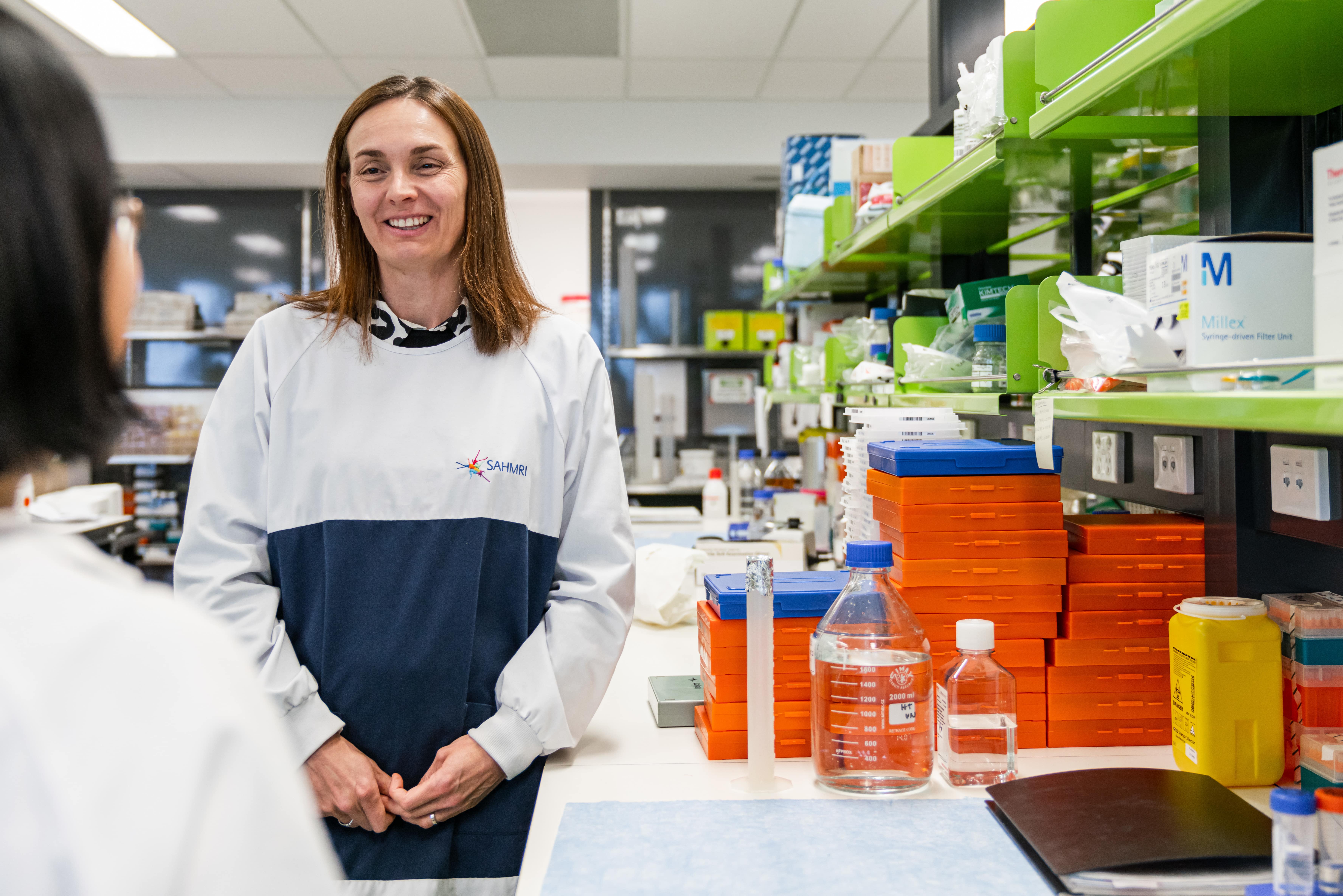
The team also looks to use different technologies to determine when atherosclerotic plaques become unstable, which makes them prone to rupture causing a heart attack or stroke.
In collaboration with Professor Gang Zheng at the University of Toronto, the Bursill Group is testing novel nanoparticles called “porphysomes” that are able to track to atherosclerotic plaques and illuminate them so they are detectable by fluorescent and positron emission tomography imaging. These porphysomes also possess athero-protective effects in vitro. The team is currently testing these multifunction theranostic porphysomes for their ability to longitudinally track and prevent atherosclerosis in different murine models of unstable plaque and in-stent neoatherosclerosis.
In collaboration with glycobiology experts Professor Nicki Packer, A/Prof Daniel Kolarich and Dr Arun Everest-Dass, the Bursill Group is embarking on a project to discover the glycome of atherosclerosis. Glycans are sugars that coat nearly all proteins and provide an additional fold of regulation to cell function. They therefore present as biomarkers for predicting diseases, such as atherosclerosis. The team also discovered for the first time that a glycan receptor, the asialoglycoprotein receptor-1 (ASGR-1), plays a regulatory role in atherosclerosis. Researchers are currently characterising the role of ASGR-1 in atherosclerosis in in vitro and in vivo models with a view to identifying ASGR-1 as a novel target for the prevention of atherosclerosis.
Another arm to the work of this group is to determine new regulators of diabetes-impaired angiogenesis. Some novel regulators include the ‘good cholesterol’ high-density lipoproteins (HDL) that is now being translated into a clinical study assessing wound closure in patients with diabetic foot ulcers. The team also identified a new metabolic enzyme that plays a role in angiogenesis and can be manipulated to improved angiogenesis in diabetic conditions. A large part of the work performed involves models of diabetic angiogenesis including the hind limb ischaemia model and a wound healing model.
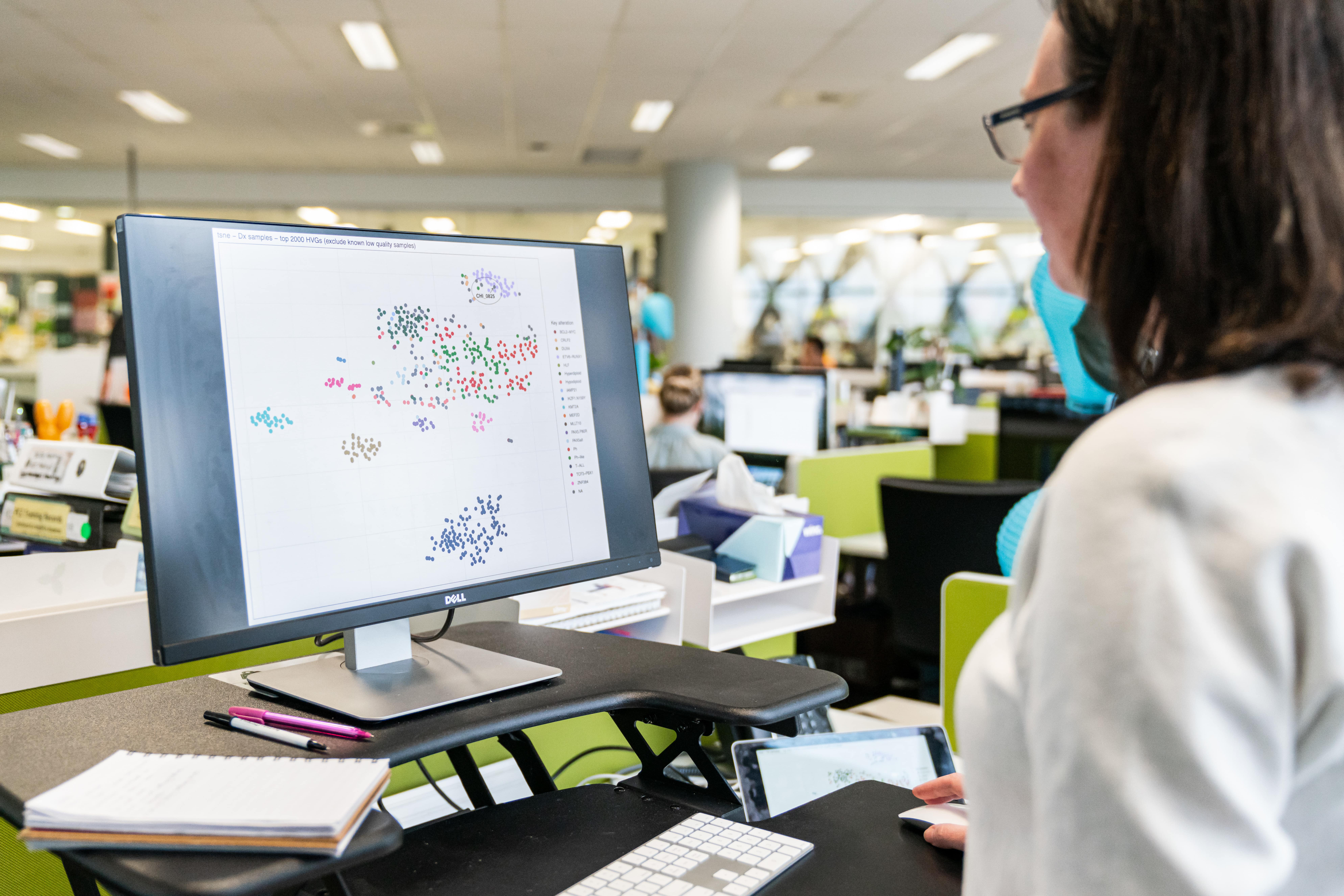
Furthermore, in collaboration with Brant Gibson at RMIT, Rob McLaughlin at the University of Adelaide, Allison Cowin at the University of South Australia and Fiona Wood at Fiona Stanley Hospital, the Bursill Group is working to develop a “smart” silk wound dressing that allows non-invasive tracking of wound healing indicators such as temperature and pH using nanodiamond technology.
In work led by Dr Joanne Tan, the team has discovered that miR-181c has an inhibitory role in angiogenesis. Dr Tan’s team has found that inhibition of miR-181c rescues diabetes impaired angiogenesis and improves wound healing. The team is now developing hypoxia-responsive nanoparticles that direct miR-181c inhibitors to sites of ischaemia.

